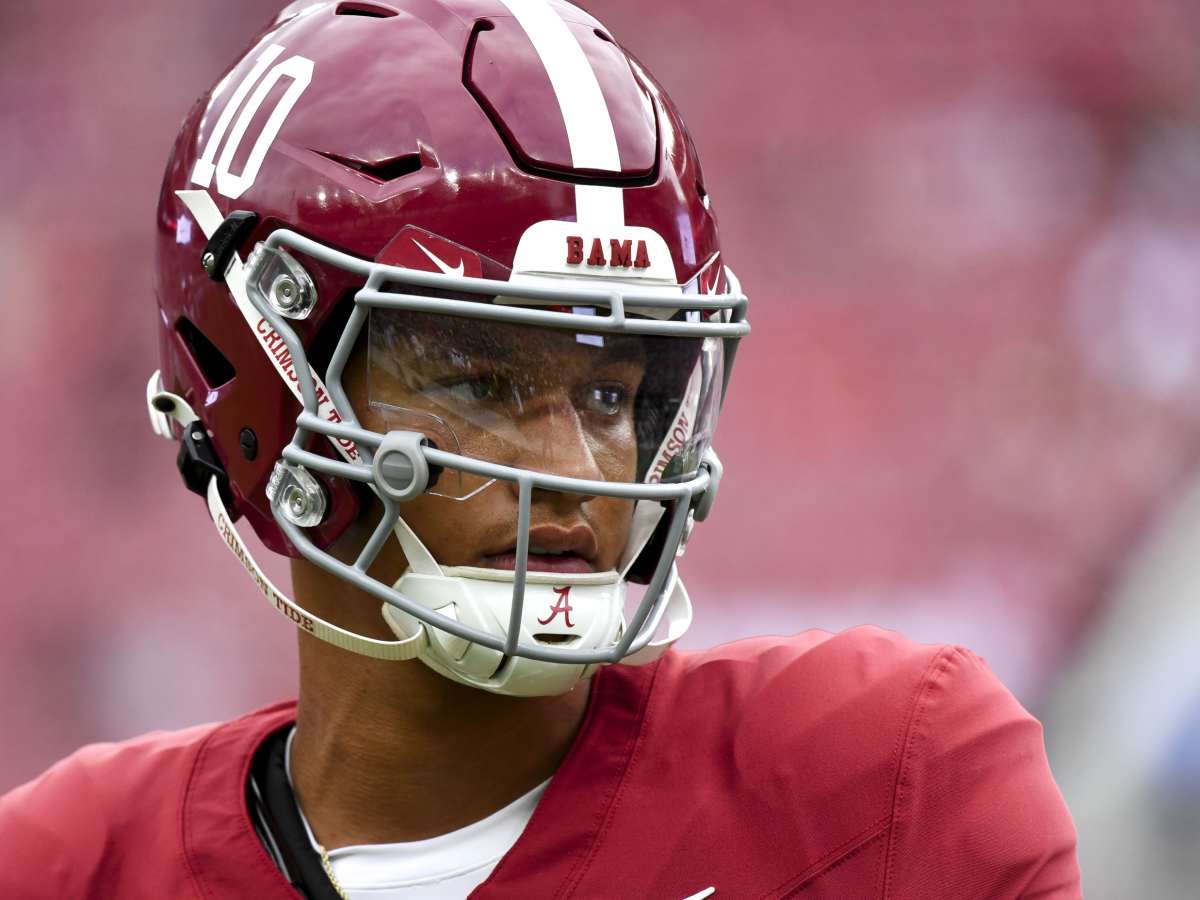
Alabama Football Commit Blockbuster Trade: An Imagined Scenario
The world of college football recruiting is known for its intense drama, where star athletes from across the nation make decisions that can shape the future of powerhouse programs. In a world of constant competition, recruiting stories often become larger than life, with significant attention on both the players and their decisions. But what if college football recruiting were to introduce something unprecedented—a blockbuster trade?
While trades aren’t part of the current NCAA rules, in an imaginative scenario, a “blockbuster trade” involving an Alabama football commit could shift the landscape of college football. This fictional scenario explores what such a trade could look like, the potential ramifications for Alabama’s recruiting class, and how other programs might react.
The Setting: Alabama Football’s Recruitment Powerhouse
The University of Alabama football program, under the leadership of Nick Saban, has consistently been a dominant force in college football. The Crimson Tide is known for its incredible ability to recruit top-tier talent, which is crucial to maintaining their elite status. With national championships and top-ranked recruiting classes year after year, Alabama has become the standard by which all other college programs measure themselves.
In 2025, Alabama has already locked in several five-star recruits, but the program is always looking to add depth and strength. This sets the stage for our imagined blockbuster trade scenario, where Alabama, typically a receiving team in recruiting, might find itself trading a top commit to another school for a unique opportunity that could improve its future roster.
The Trade Scenario
In this fictional blockbuster trade, Alabama football is involved in a trade with two other schools—Georgia and Texas. Both Georgia and Texas are major players in the college football landscape, with their own strong recruiting pipelines, impressive facilities, and top-notch coaching staffs. They are constantly in competition with Alabama for the same high-caliber players.
The Players Involved:
Alabama’s Top Commit – We’ll name this player “Jaxon Reed,” a highly touted five-star quarterback from Georgia who had initially committed to Alabama after a standout senior season. Reed was projected to be the next big thing in Alabama’s offense, poised to take over as the Crimson Tide’s future leader at quarterback.
Texas’ Star Running Back Commit – “DeAndre Ellis,” a five-star running back from Florida, had committed to Texas but had recently grown uncertain about his future there due to the Longhorns’ depth chart situation. Texas had a few high-profile recruits at the running back position, but Ellis’ talent and versatility were undeniable. The Longhorns needed to add depth at the quarterback position, and Alabama had just the man to help.
Georgia’s Defensive Line Beast – “Malik Thompson,” a mammoth five-star defensive lineman from Alabama itself, had committed to Georgia. Thompson was one of the most coveted defensive players in the country, but Alabama had made a late push to bring him back to the state. Georgia, looking to add some offensive firepower, was open to dealing Thompson in exchange for a big trade.
The Terms of the Trade:
Alabama Receives:
DeAndre Ellis (five-star running back) from Texas.
Malik Thompson (five-star defensive lineman) from Georgia.
Texas Receives:
Jaxon Reed (five-star quarterback) from Alabama.
Georgia Receives:
A combination of future high-value recruits from Alabama, including a top-tier wide receiver and an offensive lineman, as well as some financial and infrastructure benefits in the form of better access to Alabama’s scouting network.
Analyzing the Trade: What Does It Mean for Alabama?
The trade, while hypothetical, opens up a number of interesting discussions about how recruiting could evolve in college football. In this scenario, Alabama is essentially moving a key quarterback recruit (Jaxon Reed) to Texas in exchange for a star running back (DeAndre Ellis) and a game-changing defensive lineman (Malik Thompson). Here’s why such a trade might make sense for Alabama:
Depth and Balance: Alabama’s strength under Nick Saban has always been its ability to develop talent at every position. The addition of DeAndre Ellis bolsters their already loaded backfield, giving the Crimson Tide another dynamic playmaker. Meanwhile, Malik Thompson gives Alabama the kind of defensive presence that could dominate opposing offensive lines and complement their already strong defensive roster.
Quarterback Depth: While Jaxon Reed is undoubtedly a talented quarterback, Alabama might see the opportunity to deal him as a way to balance its roster. The program already has a solid group of quarterbacks on the roster and potentially could get better long-term value by adding a star running back and a disruptive defensive lineman, both of which Alabama might need more in the immediate future.
Competition with Other Powerhouses: While Alabama is traditionally seen as the gold standard, Texas and Georgia are building their own elite programs. In this trade, Alabama does not just get better immediately—it also strengthens its competition in a way that makes it clear to the rest of the college football world that they’re willing to move stars when it’s in the best interest of the team. This type of trade might signal to other programs that Alabama is an unyielding juggernaut, one that is adaptable and willing to make big moves to maintain supremacy.
Reaction from Other Programs
Such a trade would send shockwaves through college football. Recruiting specialists, analysts, coaches, and fans alike would be discussing the ripple effects for months. Here’s how other programs might react:
Texas: Texas would be thrilled with the acquisition of Jaxon Reed. The Longhorns’ quarterback situation had been a question mark, and bringing in Reed would immediately provide them with an elite player at the most important position on the field. His addition would make Texas even more dangerous as a national title contender in the near future.
Georgia: For Georgia, the acquisition of a five-star wide receiver and offensive lineman from Alabama would be a boon, especially if they can land top-tier players who could immediately contribute to their offensive schemes. While losing Malik Thompson is tough, Georgia’s defense would still be formidable, and they’d gain valuable assets in future recruiting cycles, making this a long-term move.
The SEC and National Landscape: The Southeastern Conference (SEC) would undoubtedly be paying close attention. Alabama’s willingness to engage in such a trade shows that they are serious about staying ahead of the competition. Other SEC programs, especially Auburn, LSU, and Florida, would need to adjust their own recruiting strategies. If Alabama could win a trade like this, they would be seen as even more of an unstoppable force in college football.
Conclusion: The Hypothetical Future of College Football Trades
Though the idea of a blockbuster trade involving college football recruits remains purely speculative under current NCAA rules, this scenario illustrates the level of creativity and strategy that exists in the world of college football recruiting. Trades, if allowed, could radically change the way schools operate within the recruiting landscape. Alabama, with its history of dominance and innovative coaching, could lead the way in making these kinds of high-stakes moves, further cementing its place at the pinnacle of college football.
In the end, while this blockbuster trade is just a fantasy, it sparks conversation about how college football might evolve in the future. Whether or not we ever see such trades in real life, the idea of teams making bold moves to improve their rosters and stay ahead of the competition is undoubtedly a thrilling prospect for fans of the sport.





